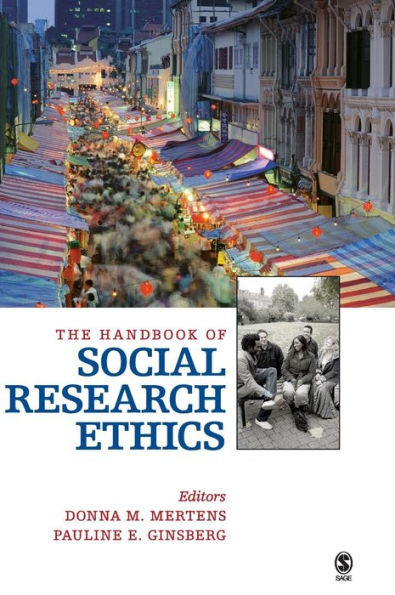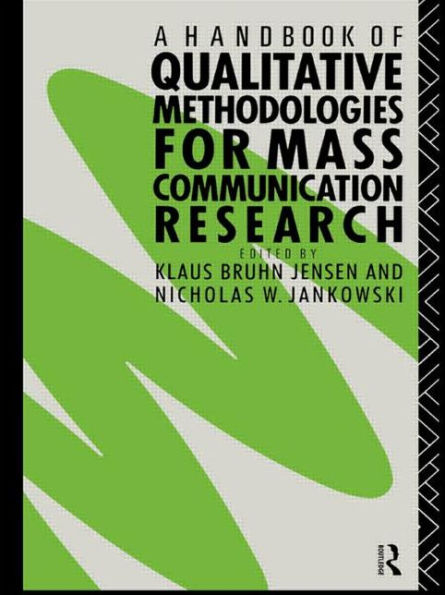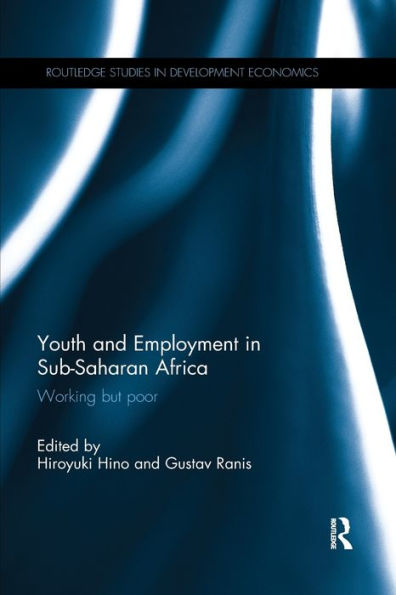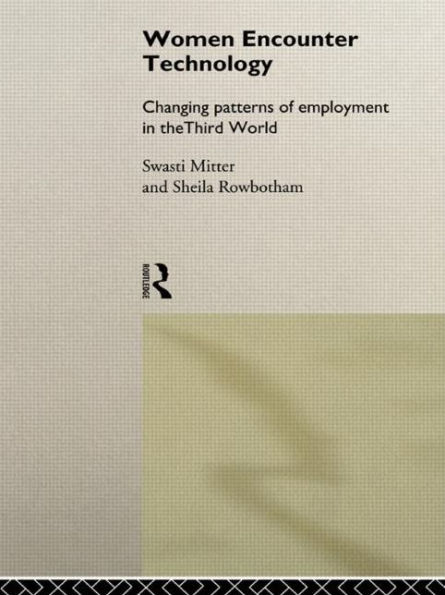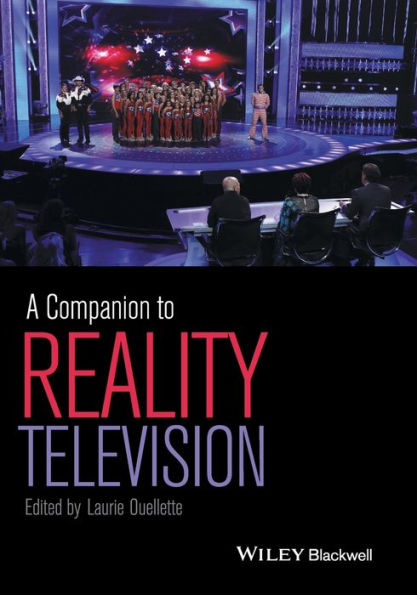Home
Handbook of Employment Discrimination Research: Rights and Realities / Edition 1
Loading Inventory...
Barnes and Noble
Handbook of Employment Discrimination Research: Rights and Realities / Edition 1
Current price: $109.99
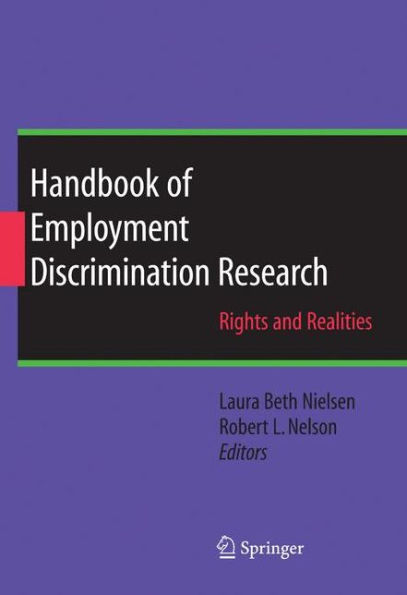

Barnes and Noble
Handbook of Employment Discrimination Research: Rights and Realities / Edition 1
Current price: $109.99
Loading Inventory...
Size: OS
*Product Information may vary - to confirm product availability, pricing, and additional information please contact Barnes and Noble
This volume contains a collection of original papers by leading legal scholars and social scientists that develop new perspectives on anti-discrimination law, with an emphasis on employment discrimination. The articles were written for a conference held at Stanford Law School in Spring 2003 that was sponsored by the American Bar Foundation and Stanford Law School. The purpose of that conference, this volume, and ongoing work by the Discrimination Research Group based at the American Bar Foundation and the Center for Advanced Study in the Behavioral Sciencesis to advance the social scientific understanding of employment discrimination and the operation of employment discrimination law as a social system, and to consider the legal and policy implications of this emerging body of social science. Now is a pivotal moment for an attempt at a deeper understanding of discrimi- tion and law. After three decades of theoretical development and empirical research onemployment discrimination and its treatment in law, it is crucial that lawyers, social scientists, and policy makers assess what we know and do not know about employment discrimination and its treatment by law. To date, there are several streams of active research that only occasionally engage with each other. Economists and sociologists continue to debate the extent to which women, minorities, and other traditionally disadvantaged groups faced is crimination in labor markets and organizations. Orga- zation scholars and legal scholars have begun to map the effect of anti-discrimination law on organizational structures and processes, and to raise questions about the extent to which the legalization of organizational employment systems represents symbolic or substantive changes in employment practices.

